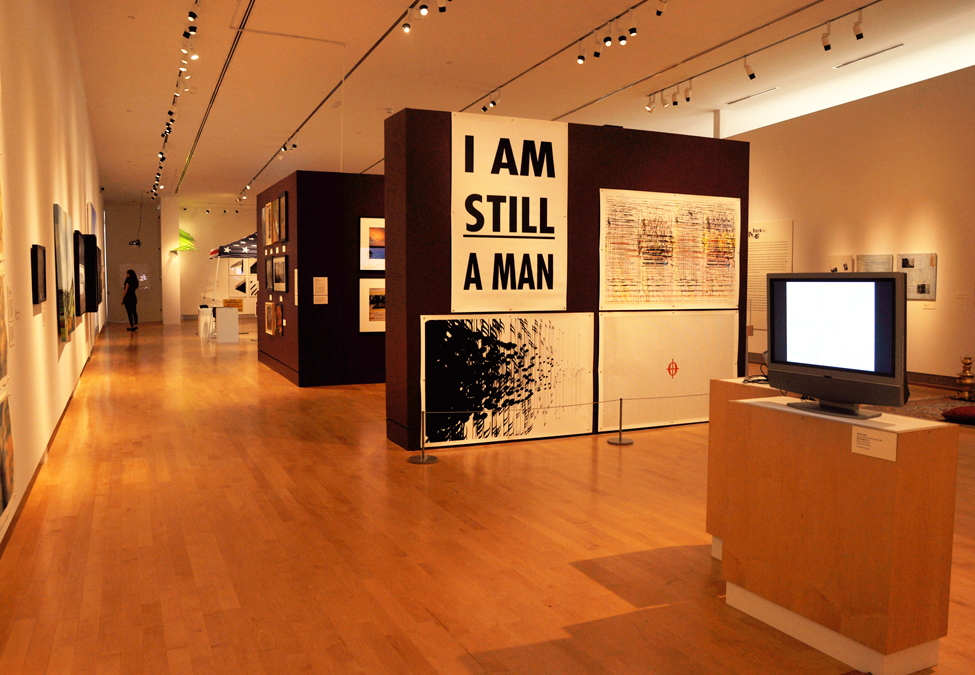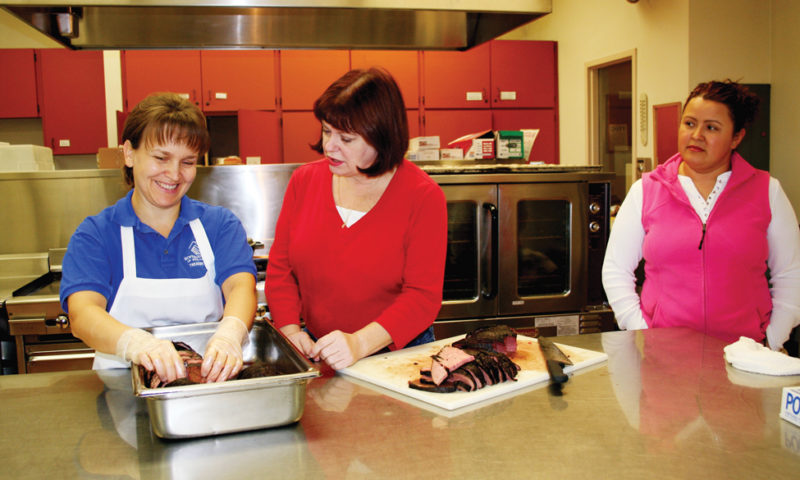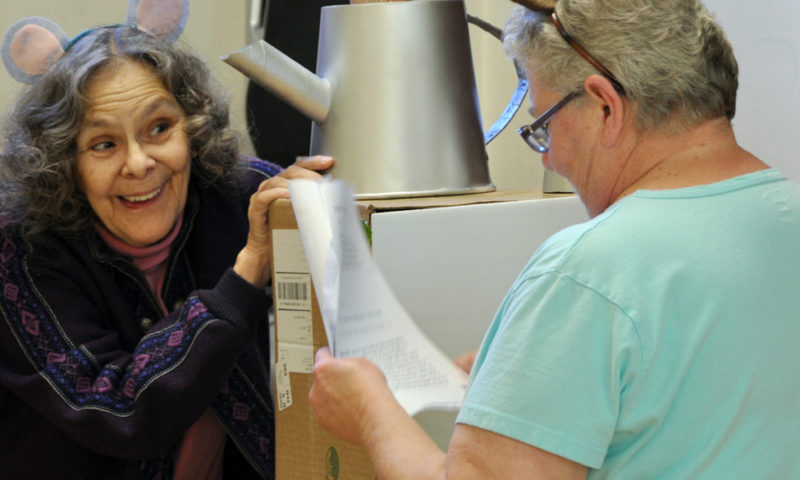The 10th Northwest Biennial
 The 10th Northwest Biennial will be on view through May 20 at the Tacoma Art Museum. The exhibit features 30 Pacific Northwest artists and encompasses a wide array of art forms including mixed media installations, video and sound works as well as more traditional art forms. The works endeavor to define what it means to be a part of the cultures and communities of the Pacific Northwest.
The 10th Northwest Biennial will be on view through May 20 at the Tacoma Art Museum. The exhibit features 30 Pacific Northwest artists and encompasses a wide array of art forms including mixed media installations, video and sound works as well as more traditional art forms. The works endeavor to define what it means to be a part of the cultures and communities of the Pacific Northwest.
Matt McCormick’s Great Northwest features video, ephemeral and color photographs to re-explore a 1958 road trip taken by four Seattle women. McCormick found their scrapbook at a thrift shop. The hefty volume meticulously documented their 3,200-mile adventure in a time before the interstate system. The artist videotaped their trip to contrast the inevitable changes to places and people over time.
Susie Lee’s portraits of residents of a long-term care facility in Seattle seem so real they breathe. It takes a moment to realize that the images are in fact beautifully lighted video images of individuals, providing the subject with respect and dignity as we peek unobtrusively into the inevitability of death.
The works in this exhibit were meant to be heard and interacted with. No photographic image stuck in a book can prepare the viewer adequately for watching Jin-me Yoon prostrate on a skateboard-type structure as she pulls herself slowly and painfully through the busy streets and back alleys of Seoul, South Korea. As people stare through and around her busily pretending that something bizarre had not just occurred, it’s difficult to remain unaffected by the thought that so many others are ignored in much the same way.
Definitely check out the exhibit. It’s free on Third Thursday or if you have a Tacoma Public Library card get a pass from the library and take someone with you.
[nggallery id=7]





